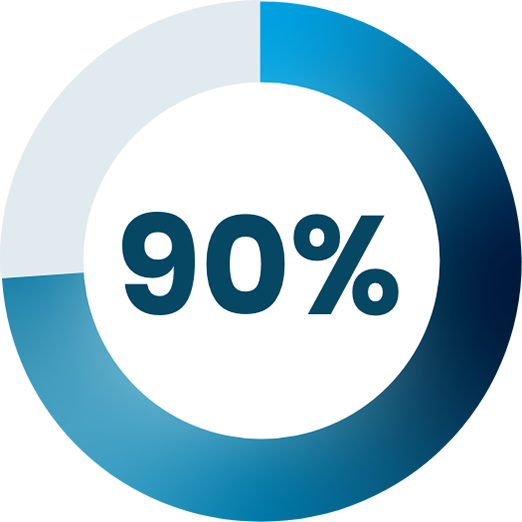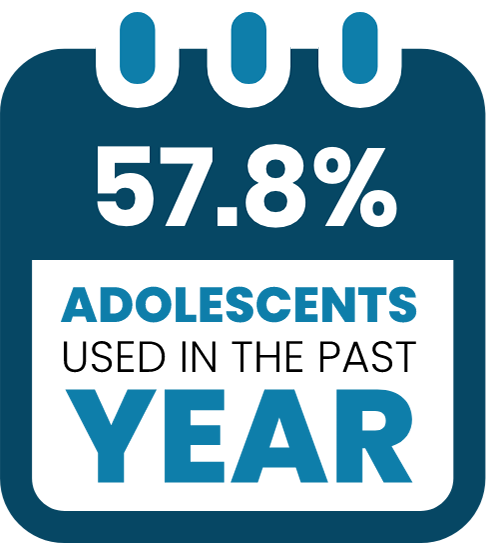Youth substance use is a public health crisis. The prevalence of substance use disorders is increasing, and adult substance use disorders often originate in youth. The COVID-19 pandemic has also worsened youth substance use and mental health concerns.
- 20.1 million people aged 12 or older meet the criteria for a substance use disorder.1
- 21 million people needed substance use treatment in 2021, including 3.3 million adolescents.2
- Almost 40% of individuals with a behavioral health disorder never receive treatment.3
- 9 in 10 adults with a substance use disorder began substance use at the age of 17 or younger.4
- 57.8% of adolescents have used substances in the past 12 months.5
- 16.4% of adolescents who use drink or use drugs meet the DSM-IV criteria for a substance use disorder.6
Early onset of substance use has been tied to a number of negative outcomes, including:7
- Increased risk for a substance use disorder later in life
- Motor vehicle accidents and fatalities
- Adolescent pregnancy
- Violence and criminal behavior
- Trouble with family
- Mental health issues
- Decline in school performance
- Involvement in the juvenile justice system




